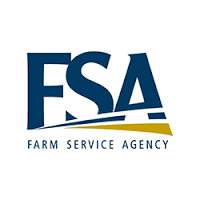
The USDA Farm Service Agency recently made several policy updates for acreage reporting for cover crops, revising intended use and late-filed provisions.
Reporting Cover Crops:
FSA made changes to the types of cover crops. Cover crop types can be chosen from the following four categories:
Cereals and other grasses – Any cover crop that is classified as a grass plant or cereal grain, and would include, but not be limited to, the following cover crops: cereal rye, wheat, barley, oats, black oats, triticale, annual ryegrass, pearl millet, foxtail millet (also called German, Italian or Hungarian millet), sorghum sudan grass, sorghum and other millets and grasses.
Legumes – Any cover crop that is classified as a legume, including, but not limited to, clovers, vetches, peas, sun hemp, cowpeas, lentils and other legumes.
Brassicas and other broadleaves – Any cover crop that is classified as a non-legume broadleaf, including, but not limited to, Brassicas such as radishes, turnips, canola, rapeseed, oilseed rape, and mustards, as well as other broadleaf plants such as phacelia, flax, sunflower, buckwheat, and safflower.
Mixtures – Mixes of two or more cover crop species planted at the same time, for example, oats and radishes.
If the cover crop is harvested for any use other than forage or grazing and is not terminated according to policy guidelines, then that crop will no longer be considered a cover crop and the acreage report must be revised to reflect the actual crop.
Acreage Reports: In order to maintain program eligibility and benefits, producers must timely file acreage reports. The final acreage reporting date for cover crops is July 15. Failure to file an acreage report by the crop acreage reporting deadline may result in ineligibility for future program benefits. FSA will not accept acreage reports provided more than a year after the acreage reporting deadline.



